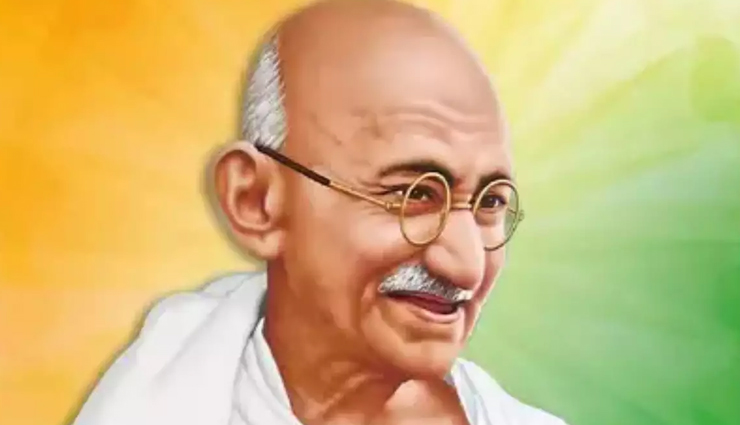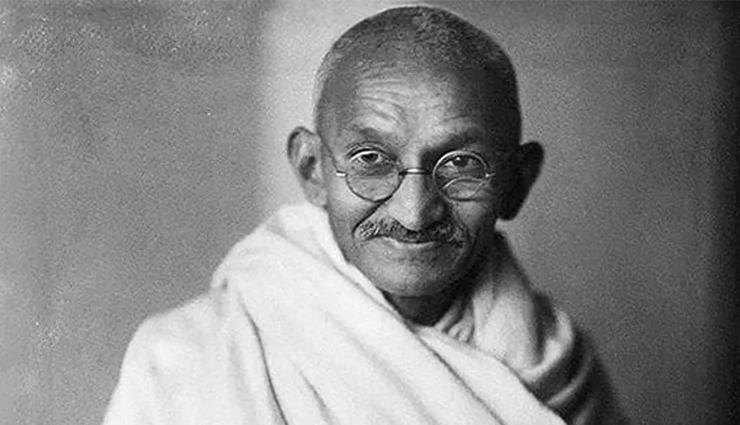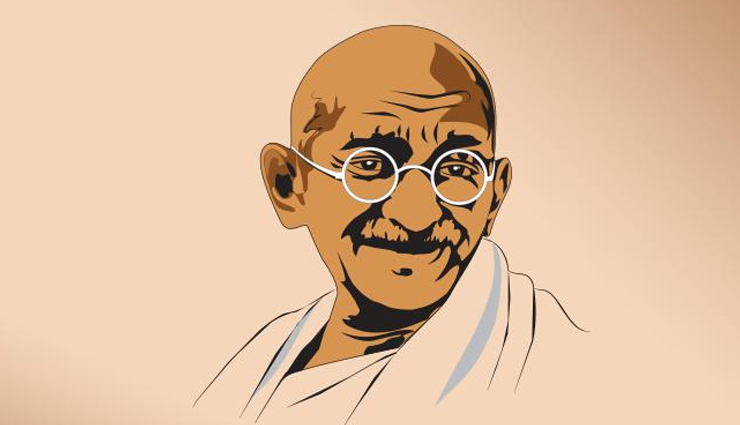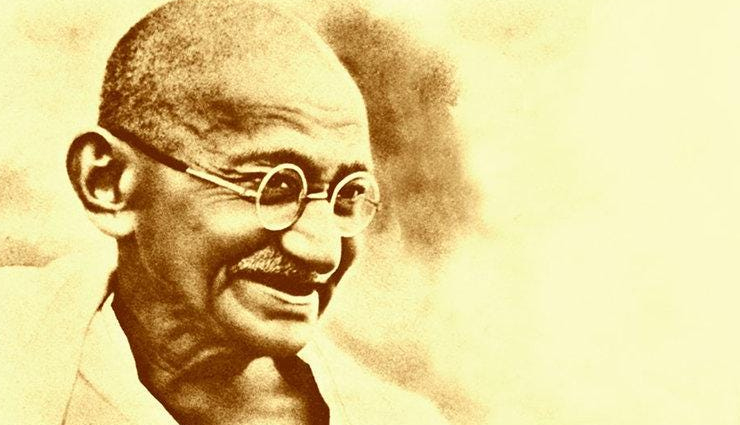Gandhi Jayanti- 10 Interesting Facts About Mahatma Gandhi
By: Kratika Maheshwari Fri, 01 Oct 2021 5:45:03

Revered as a Mahatma, or “great soul,” by the poet Tagore, Mohandas Karamchand Gandhi was an activist who changed India forever. Known for dressing in only a loincloth and a shawl, Gandhi became a leading figure in gaining India’s independence from Great Britain. Here are 10 interesting facts about Mahatma Gandhi.
# Gandhi’s birthday, Oct. 2, is commemorated as the International Day of Non-Violence. Gandhi believed that the highest degree of consciousness was sacrifice. To purify, Gandhi would fast. Satyagraha, meaning “holding on to truth,” or the “truth force” was what Gandhi developed as a form of passive, civil resistance.

# Gandhi’s activism began in South Africa. In 1893, he was in Natal under a one-year contract, where he was subjected to racism by white South Africans. Gandhi specifically recounts being removed from a first-class railway compartment as his earliest experience in South Africa. Despite having a first-class ticket, he was thrown off a train. From that point onward, Gandhi decided to oppose the unjust treatment of Indians.
# Gandhi and Russian author, Leo Tolstoy, wrote letters to each other. The author and the activist both came from backgrounds leaning toward aristocracy and they both advocated for social equality. Gandhi’s first letter explained the religious duties and state laws experienced by Indians living in the South African province of Transvaal, and he asked Tolstoy to express his views on morality. Gandhi read Tolstoy’s works during his jail time in 1909. But he was most influenced by Tolstoy’s “The Kingdom of God is Within You,” which urged his search for religious truth in Hinduism. Afterward, Gandhi purchased a farm near Johannesburg and named it Tolstoy Farm. Bringing in about 80 residents, Gandhi experimented with a communal lifestyle he witnessed at a Trappist monastery.
# Gandhi was arrested more than once for opposing the mistreatment of Indian people. At 24, Gandhi started the Natal Indian Congress in order to fight discrimination against Indians in South Africa. In 1906, Gandhi and his followers protested the British policemen for profiling. He was jailed for seven years. Between 1921 and 1923, he was imprisoned for promoting civil rebellion. In 1930, he returned to jail in India for one year after illegally producing salt from saltwater and leading the Salt March, which he did to protest the government’s heavy tax on salt in India.

# When Gandhi returned to his birthplace in the Gujarat province, he worked against poverty by cleaning the area and building new schools and hospitals. During this time, he earned the nickname “Bapu,” meaning father. Gandhi advocated for better systems of education, and the offering of more consistent employment by the rich instead of small charities. Gandhi worked to feed millions of poor Indians, stating “You and I have no right to anything that we really have until these 3 million are clothed and fed better.”
# Gandhi’s method of charkha, or the spinning wheel, represented interdependence, self-sufficiency and a quiet revolution against British control of indigenous industries. Used to make textiles, the wheel is a staple of cotton growers and weavers. It gave employment to millions of Indians. It also makes up the “sun” in Gandhi’s Constructive Programme, a system for carrying out a struggle through community. Gandhi was a master of spinning himself. He encouraged his fellow Indians to make homespun cloth instead of purchasing overtaxed British goods.
# Gandhi demanded fair treatment for people in lower castes known as Dalits or the ‘untouchables,’ who he referred to as Harijans, or the children of God. Now, the term Harijan is considered offensive. Until the Indian Constitution of 1949, Dalits made up 15 to 20 percent of India’s population. Since then, many Dalits have gained political power, such as K.R. Narayanan who served as India’s president from 1997 to 2003. Dalits now make up 20 percent of Nepal’s population. Although caste discrimination is outlawed, they are still restricted from many public services. Gandhi tried to inform Indians about the evils of untouchability and the old caste system. Moreover, he conceptualized the ideas of cooperation and sharing between classes.

# Gandhi wrote two letters to Adolf Hitler, addressing him as “Dear Friend” and imploring him to stop the war. As tensions mounted in Europe after Germany occupied Czechoslovakia, Gandhi wrote a clear plea to Hitler. However, it never reached Hitler due to an intervention by the British government. One month after, Germany invaded Poland. Gandhi sent a second letter, explaining his own approach to British Imperialism. He asserted that Hitler and himself had both taken very different routes in protest—that of violence and nonviolence respectively.
# Gandhi believed in a unified India. In 1947, leaders chose to divide anyway, resulting in a Hindu India and a Muslim Pakistan. On Aug. 15, an outbreak of bloody violence erupted across the land, with many crossing the borders into India or Pakistan. Gandhi responded by fasting until all communities reunited. He became very sick during this time until Hindu and Muslim leaders came and pledged peace. Days later, Jan. 30, 1948, Gandhi was assassinated by a Hindu extremist while on a vigil in New Delhi.
# Gandhi was nominated for the Nobel Peace Prize five times but he never won. As one the strongest symbol of nonviolence in the 20th century, later members of the Nobel Committee publicly regretted this. He was nominated in 1937, 1938, 1939, 1947, and a few days before his assassination in 1948. Up until 1960, the Nobel Peace Prize was awarded almost exclusively to Europeans and Americans.





